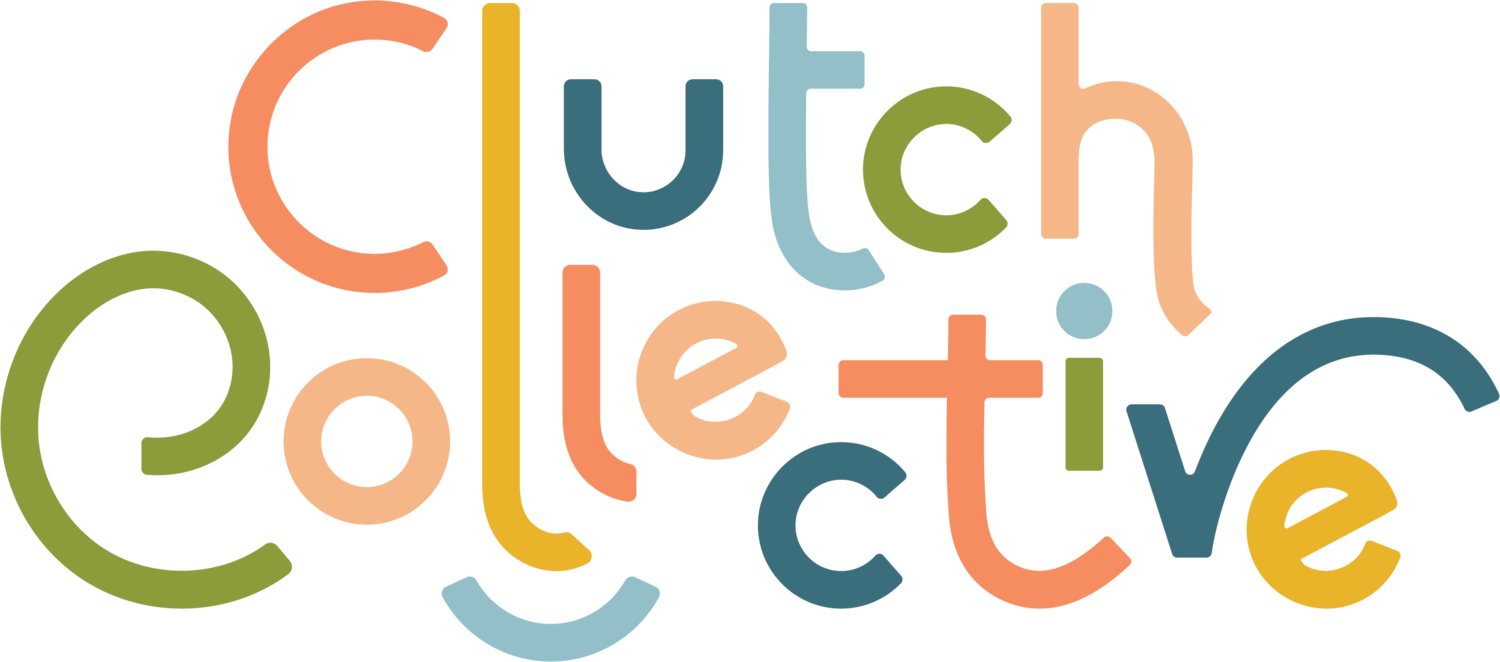Floodwall Mural Project Celebrates Another Milestone
Local leaders and artists celebrate with a ribbon cutting (Photo by Michelle Waters)
Yesterday, the Parkersburg community came together to celebrate the completion of Phase 4 of the Floodwall Mural Project. The project, spearheaded by local businessman Edward Escandon and artist Christopher Santer along with the Floodwall Steering Committee, is transforming more than 1,000 feet of floodwall into a panoramic display of public art at Parkersburg’s Point Park.
Phase 1 kicked off in Summer of 2021 to much enthusiasm from the community. The Parkersburg Floodwall has been part of the city’s riverfront landscape for over 70 years and thanks to a passionate group of artists, local organizations, and volunteers, it is now the canvas for an expansive piece of art.
Escandon, a former artist himself, said the wall was the missing piece to the development of Point Park. He enlisted the help of Santer to create a vision for a large-scale mural. Santer came up with a design that features pieces of West Virginia culture and local history and landmarks.
Mural rendering by Christopher Santer
“The mural has surpassed my wildest dreams in terms of the impact that it makes when you stand in front of it,” said Escandon. “Pictures cannot capture the emotion and atmosphere that Point Park has now with all the work the city has done in extensive landscaping and flower plantings. These elements all work together to make it Parkersburg‘s number one showcase.”
Five artists have contributed to the Floodwall mural, all of whom have ties to the region. As the lead artist, Santer painted the mountain scene as well as all of the bridge elements and four of the ten inset panels. Paul Mullins, an art professor at Carnegie Mellon University in Pittsburgh, has painted two of the inset panels. Emma Romanowski, Abby Burge, and Belinda Armstrong, three local artists who are currently teach art in local schools, each painted one panel.
Five of the panels were completed this summer, by Santer, Romanowski, Burge, and Armstrong, as part of Phase 4. The murals painted this summer celebrate the history of Parkersburg, naturalistically, architecturally, and culturally.
(Photo by Michelle Waters)
“The response this summer has been the best yet,” said Escandon. “We now have a mural with such size that you can’t even really take it in all at once, in one single field of vision, so now it’s becoming a story that unfolds as you walk along the park.”
One of the benefits of a public art project of this scale is that the installation spans weeks, months, or in this case, years, giving the community an opportunity to watch and engage with the process.
“All of our mural artists will tell you that the best part of the process for them is all of the people that stop to talk and ask questions,” said Escandon.
Edward Escandon (Photo by Michelle Waters)
Wrapping up Phase 4 has brought Escandon great relief. “Now we have continuity with no empty spaces,” he said. “Finally, it seems that the whole is greater than the sum of the parts.”
Still, the steering committee has plans to continue the work. In its next phase, they hope to take the hundred acres of park land outside of the floodwall and create a series of murals, one after another, winding along the river trail.
Those interested in following progress on the Floodwall Mural can join the project Facebook Group or visit the project website!
Many thanks to photographer Michelle Waters for the incredible photos!
















